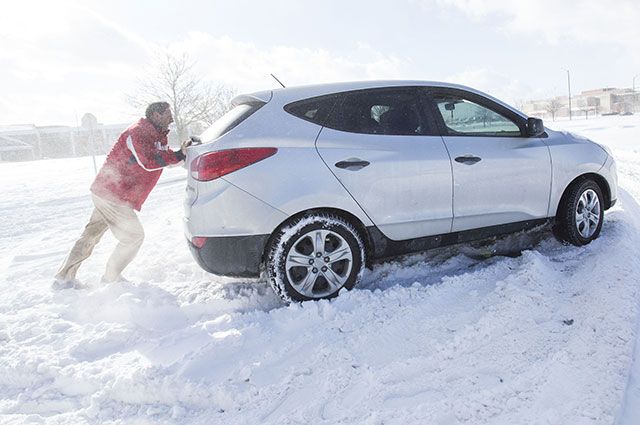
How to ride flat tires in the snow
Content
Blowing tires for driving in snow is not a problem and eventually your tires will wear out. It is best to have the air pressure within the recommended limits.
Many people make and use a variety of techniques to get the edge when driving in snowy and icy winter weather. Some of these methods are good and some don't help us at all.
During this winter season, many roads become slippery, which increases the risk of an accident. Due to the slipperiness of the road, many people reduce the air pressure in their tires, believing that this will help improve traction.
Why do they lower the air pressure in the tires?
Some people think it's a good idea to deflate tires in winter, as this makes more of the tire in contact with the ground, which they think provides more traction.
In some situations, such as when driving in snow and sand, under-inflating your tires is a good tactic. This is what fans of under-inflation think when they release part of the air from the tires in winter.
Traction is the friction between a car's tires and the road. This friction allows the tires to stick to the road surface and not slide all over the place. The more traction you have, the better control you will have.
Why can't you lower the air pressure in your tires?
The extra traction is good when driving in snow, but it doesn't get so good when the roads are clear. Under-inflated tires will give you too much traction, resulting in rough driving, and a car that doesn't know how to drive well is obviously not that safe.
Also, depending on the depth of the snow, properly inflated tires can sometimes cut through the snow more easily to the pavement below, while wider, under-inflated tires will only ride on the surface of the snow.
: